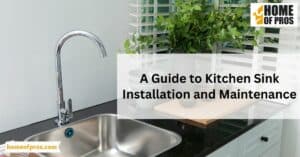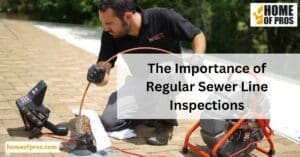Experiencing low water pressure in your home can be frustrating. To remedy this, first check for any potential leaks or blockages in your plumbing, then consider cleaning or replacing the aerators on your faucets. If issues persist, it may be time to consult a professional to assess your home’s water pressure system or the need for a pressure booster.
Ever stepped into a shower expecting a powerful stream, only to be met with a disappointing trickle? This common frustration, known as low water pressure, isn’t just an inconvenience—it can signal underlying plumbing problems. Addressing this issue promptly can save you from larger headaches and restore comfort to your home.

Common Causes of Low Water Pressure
Water pressure issues can stem from various sources, making your taps and showers less effective and turning daily chores into challenges. Here are some primary culprits:
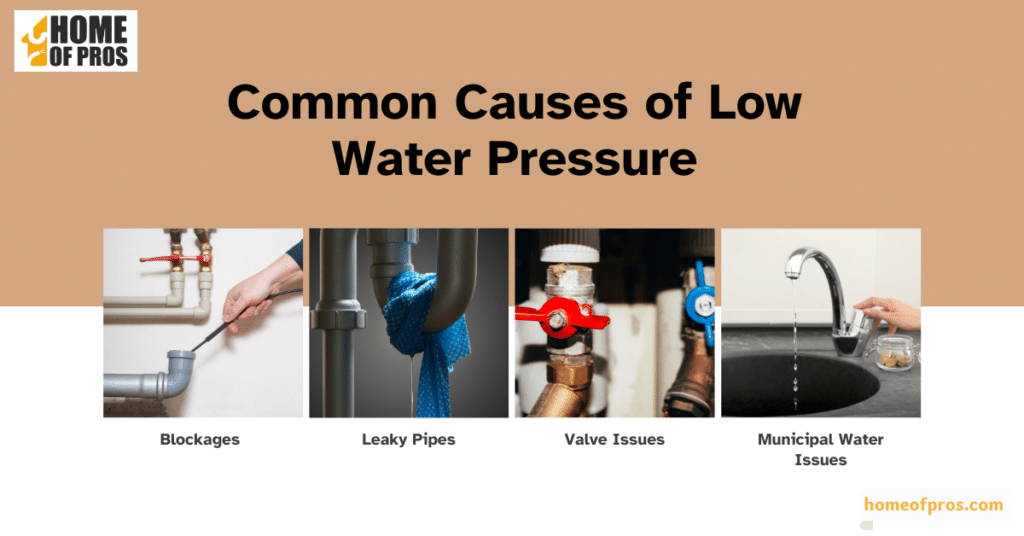
- Blockages: Over time, minerals from hard water can accumulate inside your pipes, creating deposits and sediments that restrict water flow. These blockages, often made up of calcium and magnesium, can reduce the diameter of the pipe, leading to noticeable drops in pressure.
- Leaky Pipes: Even minor leaks can be culprits for reduced water pressure. Water escaping from these leaks means less water is reaching your taps and showers. Additionally, over time, leaks can lead to significant water waste and potential damage to your property.
- Valve Issues: Two main valves control the water entering your home – the main valve and the water meter valve. If either of these isn’t fully open, it can directly impact your home’s water pressure. Regularly checking these valves to ensure they’re fully operational is crucial.
- Municipal Water Issues: Sometimes, the problem isn’t within your home but originates from the municipal water supply. Local repairs, maintenance work, or even infrastructure changes can temporarily or, at times, permanently alter the water pressure of your residence. It’s always a good idea to check with local water authorities if you notice sudden changes in your water pressure.
By understanding the root causes of low water pressure, homeowners can better diagnose issues and take the necessary steps to restore optimal water flow.
Initial Diagnostic Steps
Before diving into extensive solutions or calling in professionals, it’s essential to pinpoint the source and extent of the water pressure issue in your home. These initial diagnostic steps can guide you:
- Checking Water Pressure from Different Outlets: Start by turning on various faucets in your home, one at a time. This includes sinks, bathtubs, and outdoor spigots. Take note of which outlets exhibit low pressure and which do not. This can help determine if the problem is widespread or localized.
- Identifying the Scope of the Problem: If only one faucet or showerhead has low pressure, the issue might be isolated to that particular fixture or the pipes leading to it. Conversely, if multiple outlets across your home have reduced pressure, it suggests a more systemic issue, possibly at the main water source or within your home’s primary plumbing.
- Using a Water Pressure Gauge: A water pressure gauge is a handy tool that provides a precise reading of your home’s water pressure. To use one, turn off all the water outlets in your home. Attach the gauge to an outdoor spigot or a hose bib, then turn it on. The gauge will give you a psi (pounds per square inch) reading, indicating your water pressure.
By systematically working through these steps, homeowners can narrow down the source of their water pressure woes, equipping them with the knowledge to either address the problem themselves or consult with a professional with a clear understanding of the issue at hand.
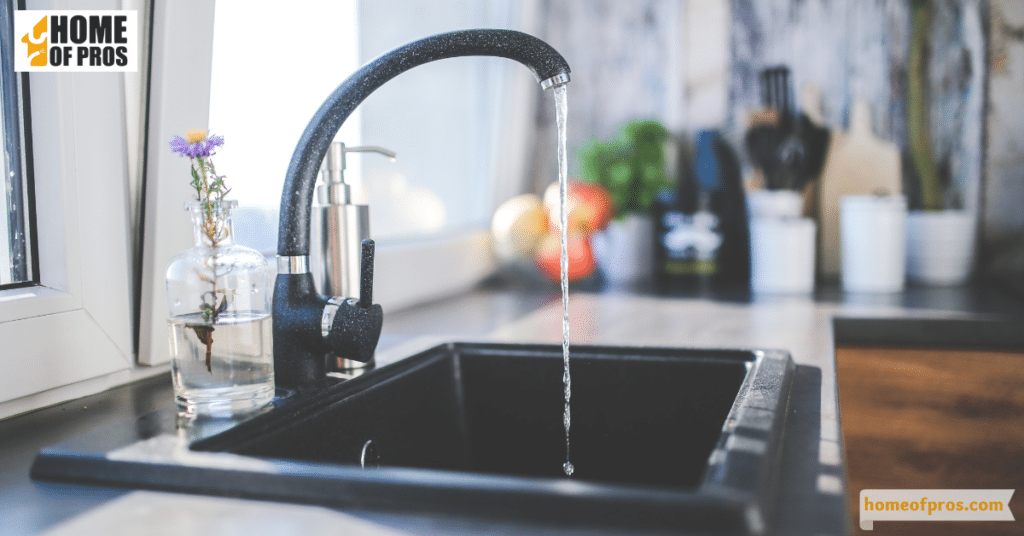
DIY Solutions for Boosting Water Pressure
A persistent low water pressure issue doesn’t always require a plumber’s intervention. Often, homeowners can implement simple DIY solutions to restore optimal water flow. Here are some actionable strategies:
Cleaning Faucet Aerators
Faucet aerators are located at the tip of faucets and serve to mix water with air, preventing splashing and conserving water. Over time, they can become clogged with mineral deposits, reducing water flow.
To clean an aerator, first unscrew it from the faucet tip. Soak it in a mixture of equal parts water and white vinegar for several hours, which helps dissolve the mineral buildup. After soaking, use a soft brush to scrub away any remaining deposits. Reattach the aerator, ensuring it’s screwed on tightly.
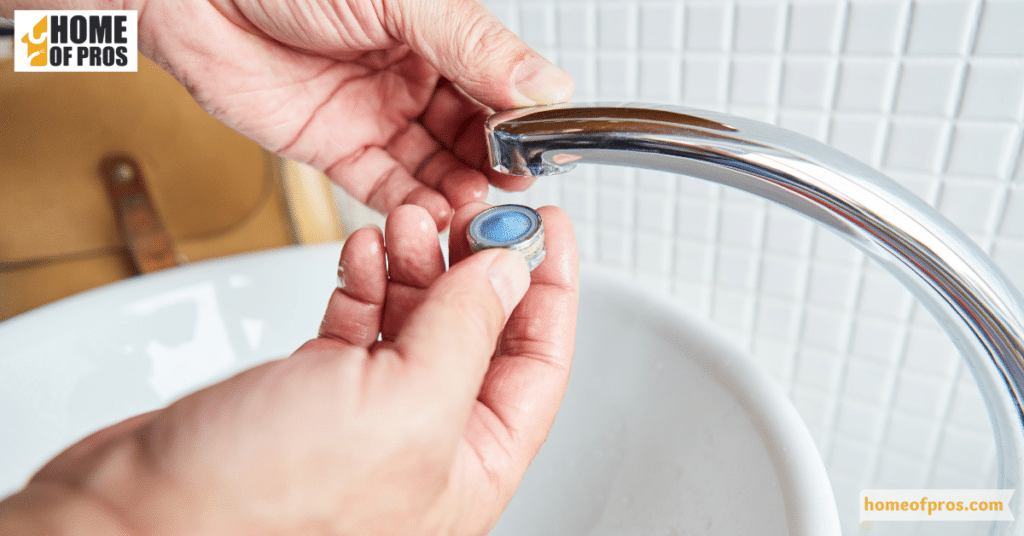
Adjusting or Replacing the Pressure Regulator
The pressure regulator, also known as a pressure-reducing valve, ensures that the water entering your home is at a safe and consistent pressure level. However, a malfunctioning regulator can lead to low water pressure.
If you suspect the regulator is the issue, you can adjust it by turning its screw (typically found atop the valve). Turn it clockwise to increase the pressure, and counterclockwise to decrease it. If adjusting doesn’t solve the problem, you might need to replace the regulator entirely.

Flushing the Water Heater
Sediments and minerals can accumulate at the bottom of your water heater over time, restricting the flow of hot water and reducing pressure.
To flush the heater, turn off its power source (gas or electricity). Connect a hose to the drain valve at the bottom and lead it outside or to a drain. Open the drain valve and allow the water to flow until it runs clear. Once done, close the valve and restore power to the heater.
These DIY solutions are both cost-effective and relatively straightforward to execute. However, if you’ve tried these methods and still experience issues, it might be time to consult a professional to ensure there aren’t more severe underlying problems.
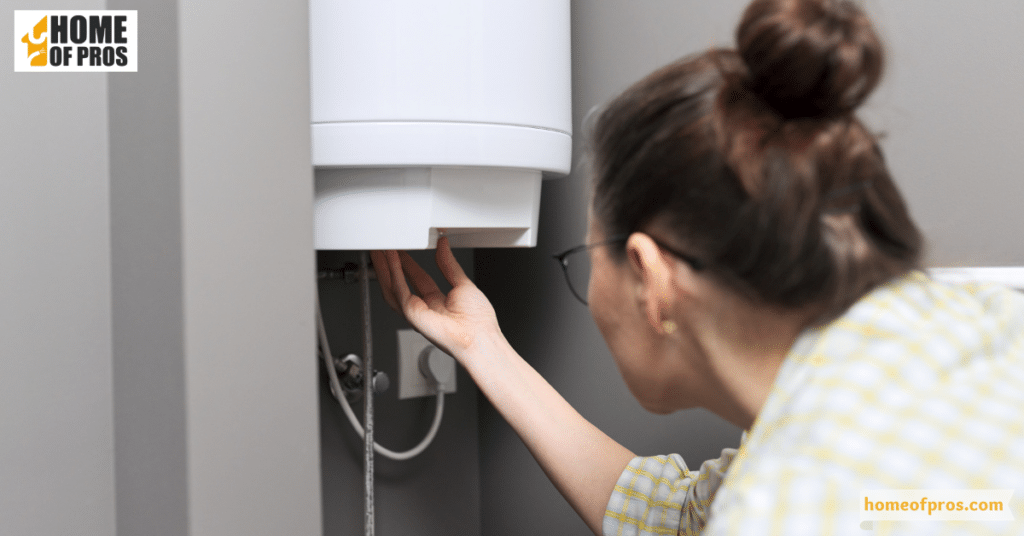
When to Consider a Pressure Booster
A pressure booster is a device designed to enhance and stabilize the water pressure in homes where the incoming supply isn’t sufficient. Often resembling a pump, it amplifies the pressure of the water being delivered to your faucets, showers, and appliances. This tool is particularly beneficial in multi-story homes where gravitational pull can decrease water pressure on upper floors or in properties located at the tail end of a municipal water supply.
Installing a pressure booster requires careful consideration. While its benefits are pronounced, it’s essential to ensure that your existing plumbing can handle the increased pressure. Once installed, periodic maintenance, including checking the system for leaks and ensuring the pump operates efficiently, will prolong its lifespan and guarantee optimal performance.

Conclusion
Dealing with low water pressure can be a challenging ordeal for homeowners, impacting daily routines and the overall comfort of a residence. However, understanding the root causes, applying DIY fixes, and knowing when to consider tools like pressure boosters can make a significant difference.
Whether you’re handling the issue yourself or seeking professional assistance, being proactive and informed is crucial. Remember, restoring optimal water flow not only provides immediate relief but also safeguards your home’s plumbing system for the future.





